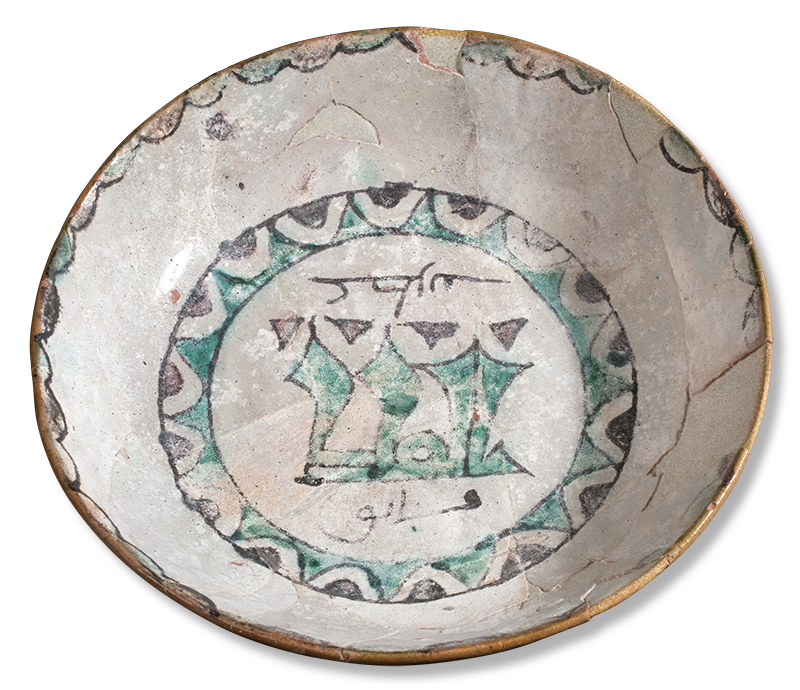The Rise and Fall of an Islamic Capital
Located in the scenic foothills of the Sierra Morena mountains, the caliphal city of Madinat al-Zahra flourished for just seventy years. Its construction began in 936 CE (324 AH) and was directly associated with ‘Abd al-Rahman III’s self-proclamation as caliph in 928 CE (315 AH). The city also was home to two successive caliphs: his son, al-Hakam II (r. 961–976 CE; 349–365 AH), and his grandson Hisham II (r. 976–1013 CE; 365–403 AH).
In building his court-city, ‘Abd al-Rahman III followed the caliphal tradition. The two rival dynasties in the Islamic world at that time, the Abbasids and the Fatimids, had already founded new madinas (cities) that were transformed into grand capitals, including Baghdad and Samarra in Iraq, and Cairo in Egypt. While not as imposing as these metropolises, Madinat al-Zahra nevertheless functioned as the physical representation of the caliph’s claim to be the legitimate leader of the Muslim world.
The city’s progressive decline began when al-Hakam II moved to Córdoba a year before his death, and its demise accelerated due to power struggles that ensued when Hisham II ascended to the throne at just eleven years old. The effective ruler who emerged from these struggles, al-Mansur, relegated Hisham II to a ceremonial role. At the same time, he built a new city at the eastern end of Córdoba to become the new political center of al-Andalus, further relegating Madinat al-Zahra to the periphery. Following al-Mansur’s death, a break in the dynastic continuity of the Umayyads irrevocably sealed the capital’s fate. A civil war, or fitna,ensued and Madinat al-Zahra was plagued by successive sieges that brought about its destruction.
At first, the memory of Madinat al-Zahra remained as both the symbol of an obsolete dynasty and an exemplar of Islamic architecture. However, as its materials were looted and the site was buried by vegetation, its very existence faded into the distant past and the site became known simply as “Old Córdoba.” The history of Madinat al-Zahra was only rediscovered when excavations began in 1911; the city was recognized as a UNESCO World Heritage Site in 2018 and explorations of unexcavated sectors continue to this day.
The Arabic word al-mulk (power) refers to divine, righteous sovereignty and dominion. It is also the name of the sixty-seventh chapter (surah) of the Qur’an, which begins with the following verse: “Blessed is He (Allah) in whose hand rests all power (al-mulk). And He is the most capable of everything.” The concept of al-mulk was used by the Umayyad caliphs as an ideological tool to assert their authority as the legitimate successors to the Prophet Muhammad and their God-given hegemony over the whole Muslim community (umma). At Madinat al-Zahra, this association between divine and caliphal dominion can be seen in the name of one of the royal residences, the Dar al-Mulk (House of Power).
The word al-mulk was also a common decorative motif on objects and architecture at Madinat al-Zahra. It can often be found written in the flowing kufic calligraphy, an ornate Arabic written script that was used in early medieval manuscripts, including Qur’ans. On this bowl, al-mulk is the central motif and would have been clearly visible to a guest at the royal table as a constant reminder of the caliph’s authority. The word also appeared in stone inscriptions at Madinat al-Zahra that proclaimed the divinely inspired character of the caliph’s rule.


